NNB Nutrition has published a small pilot study showing incredible exercise-based energy expenditure gains with CaloriBurn GP grains of paradise extract compared to placebo (crossover design).[1] This article recaps the mechanism and then discusses the new data.
There are two types of adipose tissue (body fat) – white adipose tissue (WAT) and brown adipose tissue (BAT). The difference between them is that BAT is chock full of mitochondria responsible for converting energy substrates like glucose and fatty acids into heat,[2-5] while WAT is meant for storing energy and is comparatively devoid of mitochondria.[4]
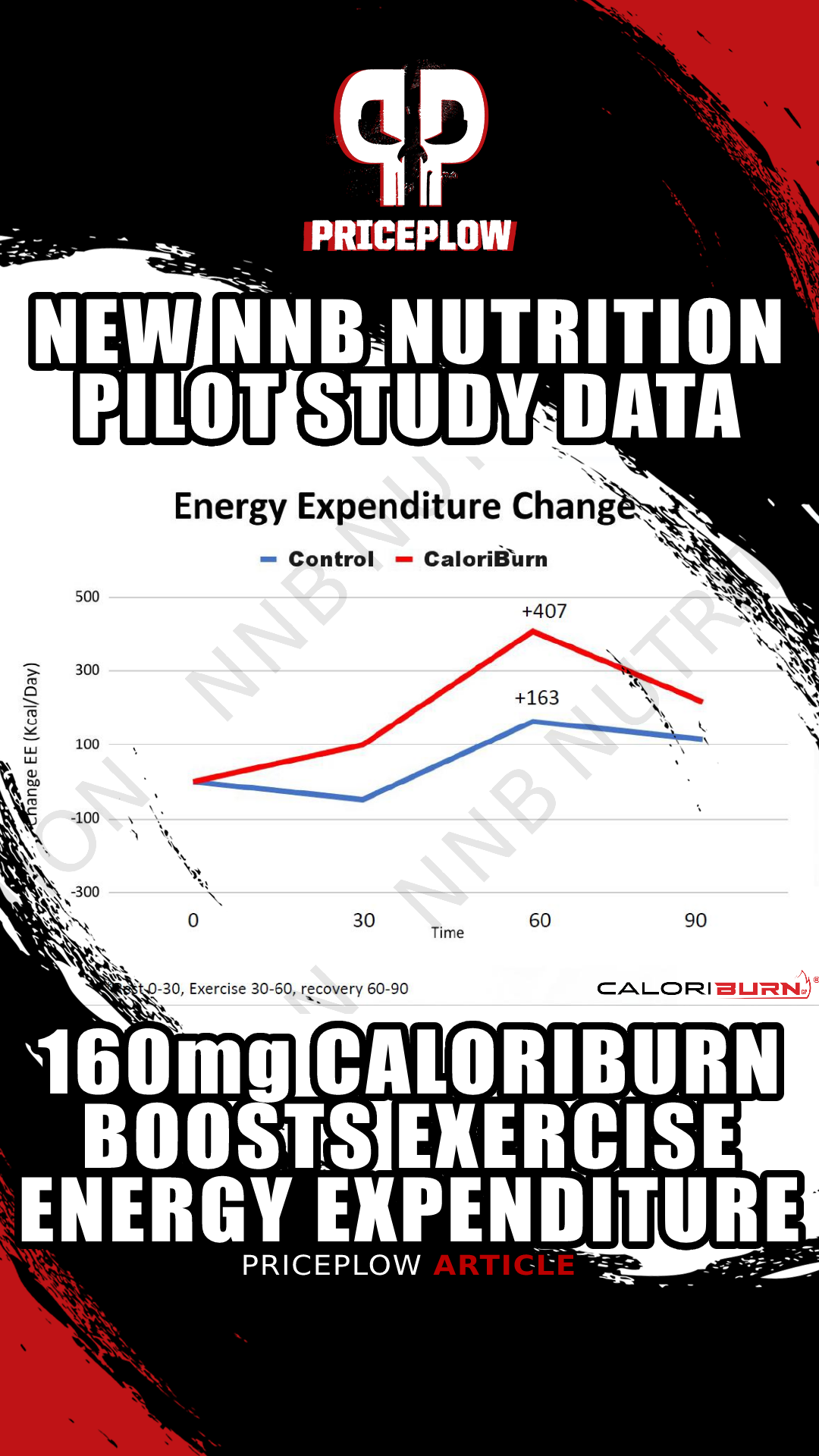
NNB Nutrition has released some new pilot data on their CaloriBurn GP grains of paradise extract: 160mg greatly increases exercise-based energy expenditure!
The big-picture understanding of this is that while WAT is your body's emergency energy reserve, BAT is metabolically active and tasked with making your body warmer. In fact, BAT is one of your body's key mechanisms used for maintaining homeostasis in the face of cold exposure.
No surprise, then, that we can strategically activate BAT using cold exposure,[6] but there are other ways to do so -- and targeting this mechanism can increase energy expenditure (calories!) at the same time.
Grains of Paradise: Activate Brown Adipose Tissue and Boost Metabolism
One of these is CaloriBurn GP from NNB Nutrition. It's an extract of Aframomum melegueta, known colloquially as grains of paradise, and standardized for a phenolic ketone called 6-paradol.
The value of 6-paradol is that it upregulates thermogenesis by activating brown adipose tissue (BAT).[2,7] This can increase the number of calories you burn in a day, as those mitochondria work overtime turning calories into heat. If one manages to hold caloric intake constant while thermogenesis unfolds, this can lead to faster or more significant weight loss.
But besides weight loss, there are some immediate metabolic benefits to BAT activation. Since BAT cells pull glucose and fatty acids out of the bloodstream, BAT upregulation means better glycemic control and lower triglyceride levels.[8] This can be a boon for cardiovascular health.
2013 study – generic grains of paradise extract increases BMR
While the theoretical BAT-mediated calorie burn mechanism is great, it's even better to have studies that directly measure grains of paradise's impact on energy expenditure. Until now, we've only had two.[2,3]
A 2013 study in healthy young men showed that just one 40-milligram dose of grains of generic paradise extract (not CaloriBurn) increases basal metabolic rate (BMR) by over 300 calories per day[2] when measured 30 minutes after ingestion.
Note, we're not saying the subjects burned 400 more calories that day – we're saying their rate of calorie burn was 400 per day. In total, the subjects burned about 25 more calories as a result of the BMR increase.
We covered this study, and more, in our post CaloriBurn: NNB Takes Grains of Paradise to Hot New Heights. Check out that article if you want the full scoop on CaloriBurn GP. You can also read WAT to BAT: A High-Metabolism Guide to Brown and White Fat, which details further metabolic enhancement strategies, including combining CaloriBurn GP with MitoBurn L-BAIBA and other ingredients for additional synergy.
But with this background covered, we can now discuss the pilot study:
New CaloriBurn Pilot Study – 160 Milligram Dose
The 2013 BMR study is compelling, but it used generic grains of paradise extract, and the dose can safely go higher. If we want to understand the efficacy of CaloriBurn GP, we need some CaloriBurn-specific studies – so NNB Nutrition just published some new internal data testing theirs out
Note that this was a pilot study, meaning it's intended for proof of concept and nothing more. If a pilot study gets results, that invites funding for a more comprehensive, sophisticated study to replicate those results in a statistically rigorous manner.
In other words, pilot studies are designed to answer a binary question: does a supplement work, or does it not? If so, followup studies can assess how much it works.
This study, conducted by the Applied Science and Performance Institute (ASPI), used a sample size of just three healthy men.[1] That is an extremely small sample size, meaning that random variation can dominate the statistical results and turn small differences into statistically significant differences.[9] In order to draw firm conclusions about efficacy and effect size, you need a much larger sample than three, but again, this is a pilot study. We're only looking to see whether there's any effect.
The study design was simple: it was conducted over a 90 minute period, and repeated in crossover fashion on another day. From minute 0 to 30, the subjects rested; minute 30 to 60, they exercised; and from 60 to 90, they rested. The 160-milligram dose of CaloriBurn was taken at minute 0.[1]
It's well-known that exercise increases BMR,[2,3] but the researchers wanted to see whether CaloriBurn could lead to even bigger increases in BMR when combined with exercise.
This was a crossover study, meaning the subjects served as their own controls. They performed the study twice, once for each treatment condition with a washout period in between.[1]
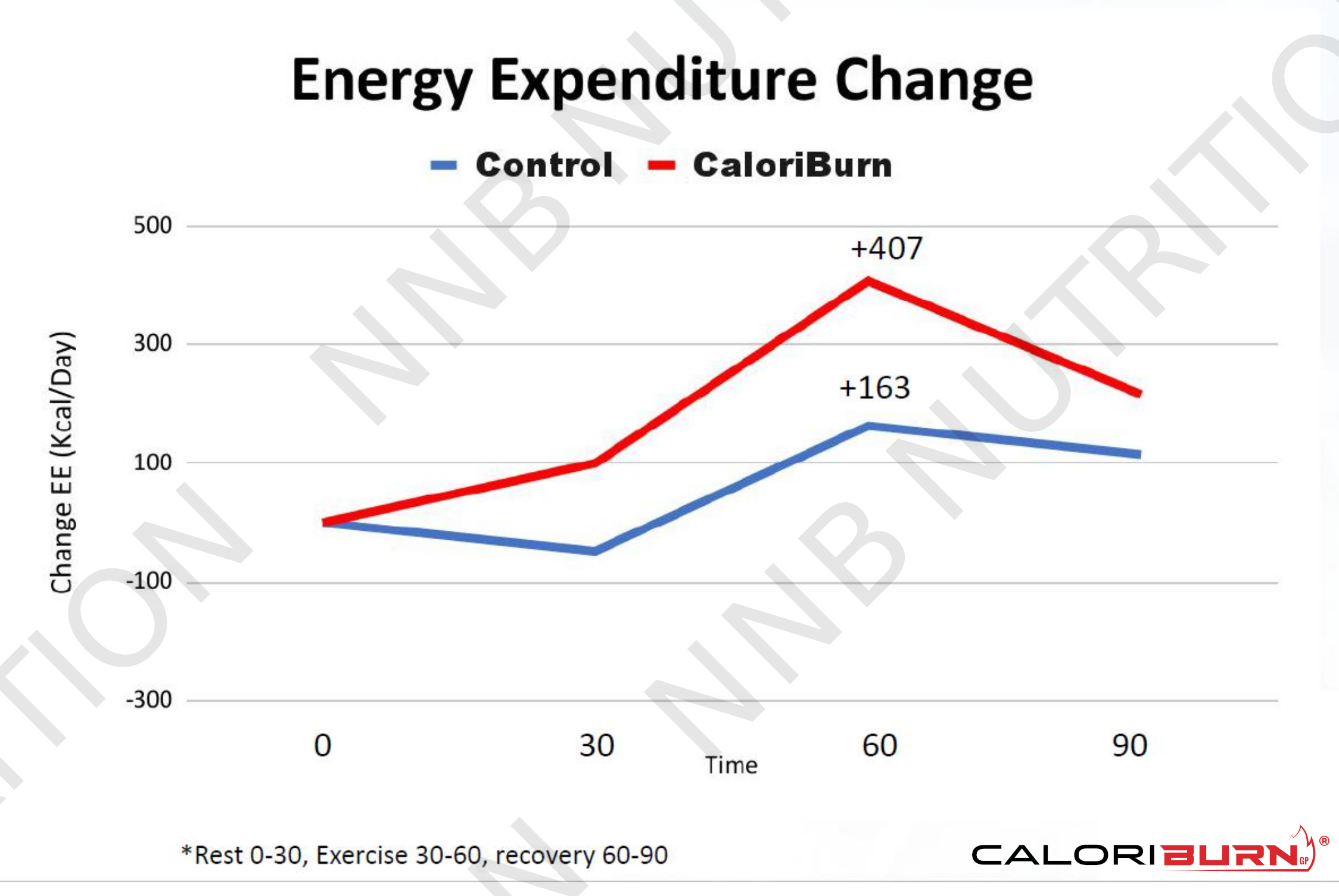
Pilot Data: 60 minutes after taking CaloriBurn GP, subjects burned calories 150% faster than 60 minutes after taking the placebo. Note that the subjects exercised from minutes 30 to 60.[1]
CAPTION: 60 minutes after taking CaloriBurn, subjects burned calories 150% faster than 60 minutes after taking the placebo. Note that the subjects exercised from minutes 30 to 60.[1]
The results are easy to understand. At 60 minutes after taking CaloriBurn (and immediately after 30 minutes of exercise), the subjects burned 150% more calories per unit time than they did 60 minutes after taking the placebo. You can see from the graph that even the placebo treatment condition saw an increase in BMR of 163 calories per day – that's the pro-metabolic effect of exercise.[1]
Subtracting 407 from 163 gives us an effect size of 244 cals/day.
How to Interpret This Study
So, does this study definitively prove that 160 milligrams of CaloriBurn can increase BMR by 244? No, because the sample size is too small.
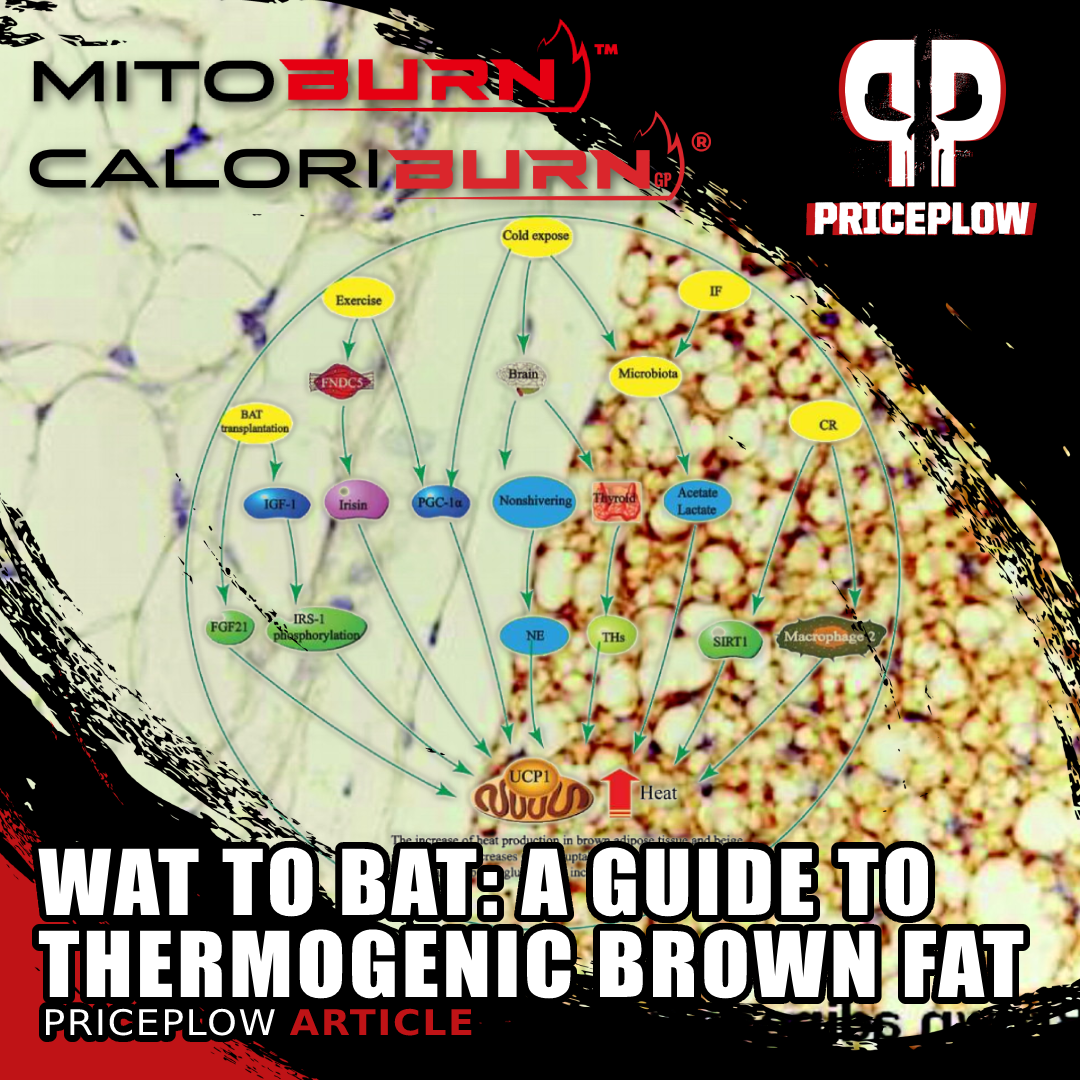
WAT to BAT: How to Boost Thermogenic Brown Adipose Tissue with Diet, Exercise, and Supplements like NNB Nutrition's MitoBurn and CaloriBurn GP (and others)
All this study tells us is that CaloriBurn, like generic grains of paradise extract, is almost certainly capable of increasing BMR. In order to find out how big the increase is, we need a bigger study – preferably randomized, double-blind, and placebo-controlled.
Does this study show that 160 milligrams is the minimum effective dose of CaloriBurn? No. Again, the sample size is too small. For all we know, a bigger effect size can be reliably achieved with a much smaller dose. Again, we need a bigger study to find out.
Still, don't underestimate the importance of this study. It's big news for NNB and the supplement industry as a whole. It shows that CaloriBurn is efficacious for raising BMR, and also lays the groundwork for additional studies that can determine exactly how good it is at doing this.
As it stands right now -- and again, more data is needed -- 160 milligrams of CaloriBurn GP seems like it will outperform the two studies using 30 and 40 milligrams of grains of paradise extract.[2,3] More isn't always better, but there's a good chance that the "standard" 40 milligram dose is not the most ideal. It's quite likely that we're leaving some benefits on the table in terms of the cost/benefit ratio, and we probably haven't found the sweet spot before reaching the law of diminishing returns for this ingredient.
Given the exceptional purity and potency of CaloriBurn, which is to our knowledge, the only standardized grains of paradise extract on the market, we're anticipating it will prove to be much more effective than generic grains of paradise extracts -- and we also believe that doses above 40 milligrams will demonstrate themselves to be significantly better.
For more information, see the following three articles:
- Grains of Paradise: Fat Fighting Spice of the Goddesses
- CaloriBurn: NNB Takes Grains of Paradise to Hot New Heights
- WAT to BAT: A High-Metabolism Guide to Brown and White Fat
You can also sign up for our NNB Nutrition news alerts below, and see our list of articles covering CaloriBurn GP just below that:
Subscribe to PricePlow's Newsletter and Alerts on These Topics
All PricePlow Blog Posts about CaloriBurn
Alpha Lion Gains Candy CaloriBurn – Deals and Price Drop Alerts
Get Price Alerts
No spam, no scams.
Disclosure: PricePlow relies on pricing from stores with which we have a business relationship. We work hard to keep pricing current, but you may find a better offer.
Posts are sponsored in part by the retailers and/or brands listed on this page.
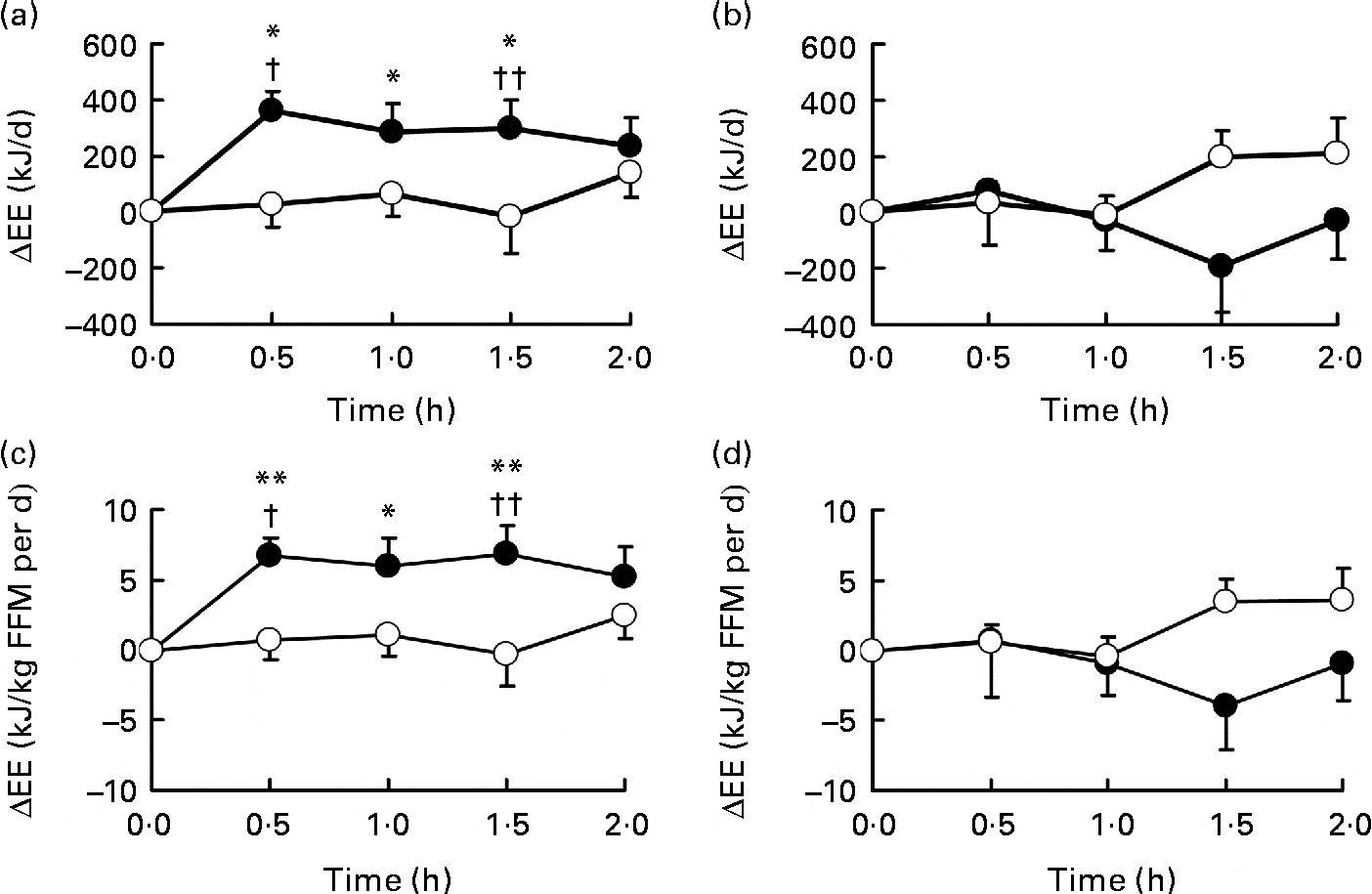
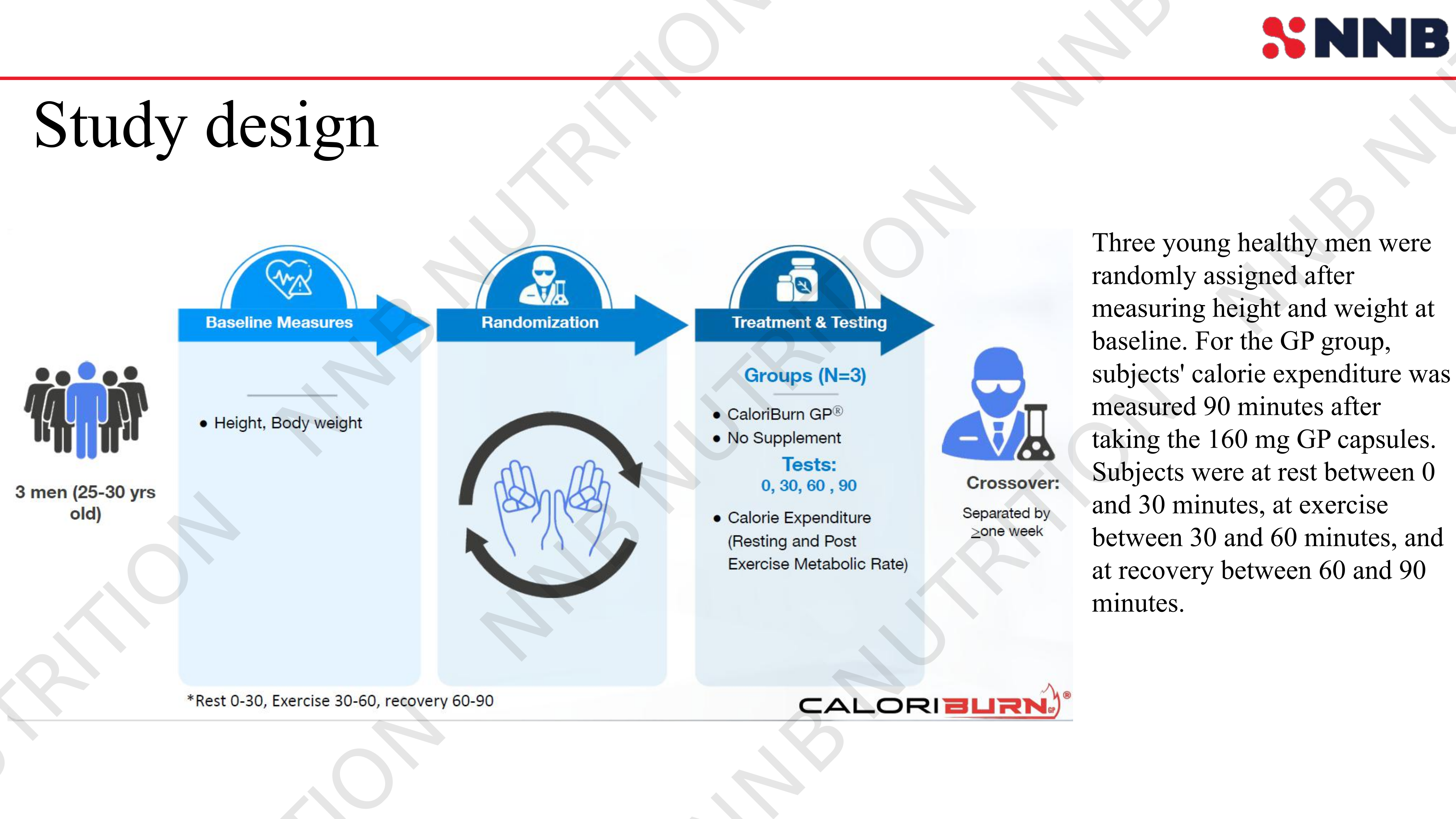



Comments and Discussion (Powered by the PricePlow Forum)